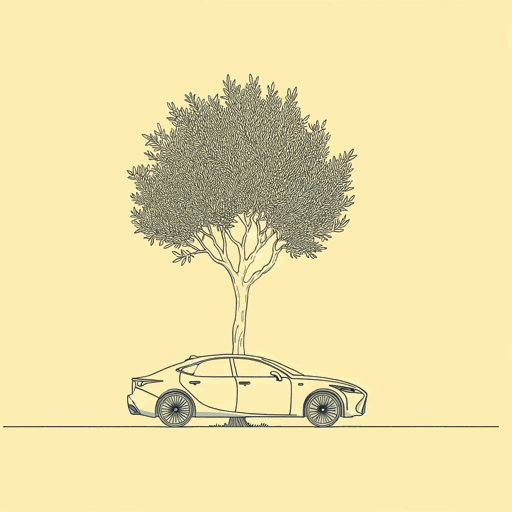62 pages • 2 hours read
Thomas L. FriedmanThe World Is Flat: A Brief History of the Twenty-First Century
Nonfiction | Book | Adult | Published in 2005A modern alternative to SparkNotes and CliffsNotes, SuperSummary offers high-quality Study Guides with detailed chapter summaries and analysis of major themes, characters, and more.
Part 3, Chapter 10Chapter Summaries & Analyses
Part 3: “Developing Countries and the Flat World”
Chapter 10 Summary: “The Virgin of Guadalupe”
This chapter focusses on the flat world’s effect on developing countries. Friedman begins with two examples. The first is that Mexico, a strong low-wage manufacturer in its own right, started importing statues of its patron saint, the Virgin of Guadalupe, from China. This meant that China could produce and ship these statues across the Pacific Ocean more cheaply than Mexico could manufacture and sell them in its own country. Despite being a beneficiary of the North American Free Trade Agreement (NAFTA) and a neighbor of the United States, Mexico was displaced by China as America’s second largest trading partner in 2003. Friedman’s other example comes from Egypt where Chinese-made Ramadan lanterns flooded the market, overtaking traditional Egyptian-made lanterns. Friedman emphasizes that Egypt, like Mexico, has an ample supply of low-wage workers, yet it couldn’t compete.
Friedman goes on to explain the “sort of policies developing countries need to undertake in order to create the right environment for their companies and entrepreneurs to thrive in a flat world” (406). He states that after the fall of the Berlin Wall, countries strove to open their markets by adopting friendly macroeconomic policies. He calls this “reform wholesale,” which fostered Globalization 2.0 and benefitted their populations by reducing poverty.
Related Titles
By Thomas L. Friedman

From Beirut to Jerusalem
Thomas L. Friedman

Hot, Flat, and Crowded: Why We Need a Green Revolution
Thomas L. Friedman

Thank You For Being Late
Thomas L. Friedman

That Used to Be Us
Thomas L. Friedman, Michael Mandelbaum

The Lexus and the Olive Tree
Thomas L. Friedman

